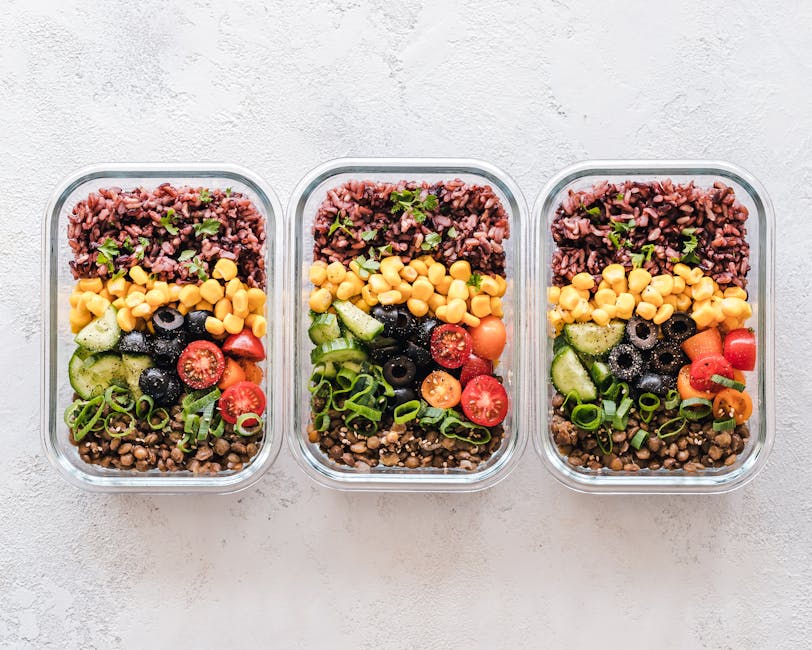In the grand symphony of many kitchens, few sounds are as comforting as the simmering of a fresh pot of dal. For generations, this humble lentil has been the backbone of daily meals, a constant companion to rice and bread. But in an age of exotic superfoods, have we forgotten the powerhouse on our stoves? It’s time to answer the question: how healthy are lentils?
The short answer is: incredibly healthy. Lentils are not just a simple staple; they are a nutritional goldmine, packing a formidable punch of health benefits into each tiny, colourful speck. They are affordable, versatile, and one of the most nutrient-dense foods you can eat.
Lentil Nutrition Facts
Before we dive into the benefits, let’s look at what’s inside. A single cup (about 198 grams) of cooked lentils contains approximately:
* Calories: 230
* Protein: 18 grams
* Fiber: 16 grams (over half the daily recommended intake!)
* Carbohydrates: 40 grams
* Folate: 90% of the Daily Value (DV)
* Iron: 37% of the DV
* Manganese: 49% of the DV
* Phosphorus: 36% of the DV
* Thiamine (B1): 22% of the DV
* Potassium: 21% of the DV
Top 7 Health Benefits of Lentils
1. Packed with Plant-Based Protein
For those following a vegetarian or vegan diet, lentils are a nutritional superstar. They are one of the best plant-based sources of protein, essential for building and repairing tissues, muscle growth, and overall body function. With 18 grams of protein per cup, they are an excellent and sustainable alternative to meat.
2. An Excellent Source of Dietary Fiber
If there’s one magic ingredient for digestive health, it’s fiber, and lentils are loaded with it. They contain both soluble and insoluble fiber.
* Soluble fiber forms a gel in the digestive tract, helping to lower blood cholesterol.
* Insoluble fiber adds bulk to stool and helps prevent constipation, keeping your gut healthy.
3. Supports Heart Health
The combination of high fiber, folate, and potassium, coupled with being naturally low in sodium and saturated fat, makes lentils a heart-healthy champion. Regular consumption can help lower blood pressure, reduce levels of “bad” LDL cholesterol, and significantly cut the risk of cardiovascular disease.
4. Helps Manage Blood Sugar
Lentils have a very low glycemic index (GI), which means they release sugar into the bloodstream slowly. This prevents the sharp spikes and crashes in blood sugar that can occur after a meal, making them an ideal food for managing and preventing type-2 diabetes.
5. Rich in Essential Vitamins and Minerals
Beyond the macros, lentils are teeming with micronutrients that are critical for our well-being.
* Iron: This mineral is vital for producing red blood cells and transporting oxygen, helping to prevent iron-deficiency anemia.
* Folate: A crucial B-vitamin for cell growth, folate is especially important for women of childbearing age as it helps prevent neural tube defects in newborns.
* Magnesium & Potassium: This dynamic duo helps regulate blood pressure, support nerve function, and maintain a steady heartbeat.
6. Aids in Weight Management
Thanks to their high protein and fiber content, lentils are incredibly satiating. A bowl of lentil soup or dal can keep you feeling full and satisfied for hours, reducing overall calorie intake and making it easier to manage your weight.
7. Supports a Healthy Pregnancy
The high concentration of folate in lentils makes them an essential food for expectant mothers. Folate is critical for the healthy development of the baby’s brain and spinal cord, making lentils a simple and effective way to meet increased nutritional needs during pregnancy.
How to Prepare Lentils for Maximum Health Benefits
From the light, quick-cooking red lentils (masoor dal) to the robust brown lentils and hearty chana dal, the variety is endless. While all lentils are fundamentally healthy, preparation matters.
A simple dal or soup cooked with minimal oil/ghee and spices retains the most health benefits. In contrast, a rich, creamy dal makhani, laden with butter and cream, should be considered an occasional indulgence rather than a daily staple. For a healthy and delicious meal, try cooking lentils with vegetables and whole grains.
So, the next time you sit down for a meal, know that you’re not just eating comfort food. You’re partaking in a centuries-old tradition of wellness. This unsung hero of the pantry is proof that sometimes, the healthiest foods are the ones that have been nourishing us all along.




